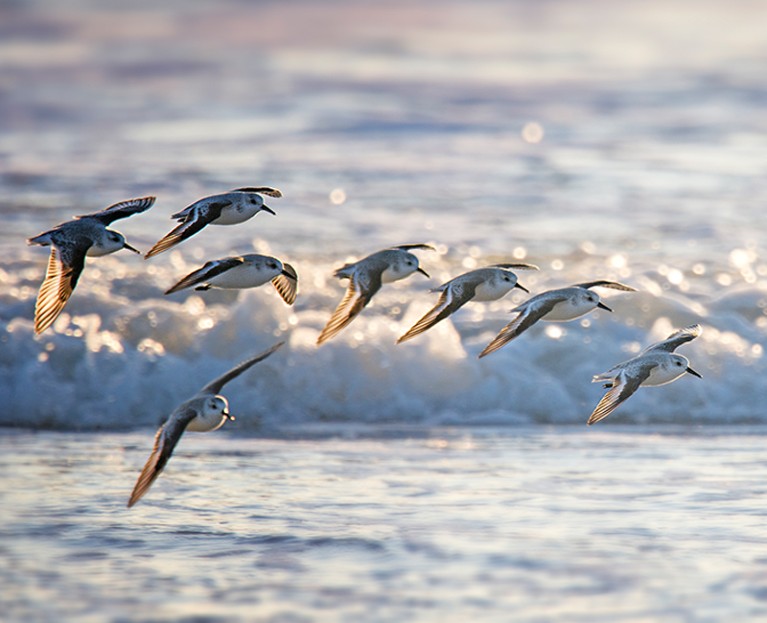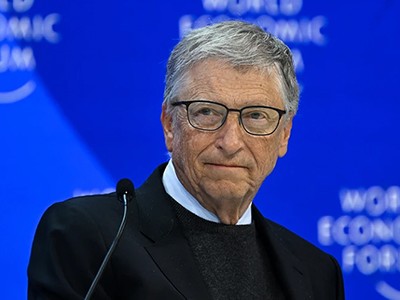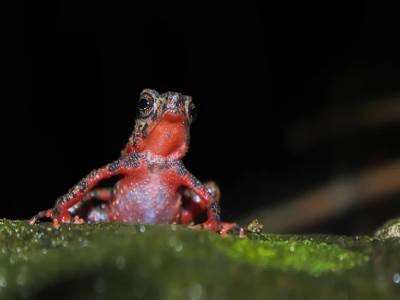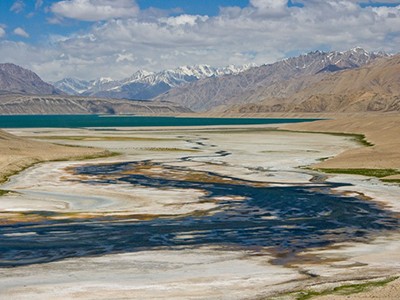
More than 40% of migratory species are declining, according to a United Nations report. Sanderlings breed in the Arctic before travelling to North and South America.Credit: Getty
Earlier this month, conservationists and biodiversity scientists received some rare, good news at the first meeting of a much-anticipated fund for projects aimed at preserving Earth’s biodiversity. The Global Biodiversity Framework Fund (GBFF) will provide grants for projects that protect biodiversity, especially in countries with a high variety of marine and terrestrial life, as measured by a global biodiversity index (see go.nature.com/3wekupz). So far, five nations — Canada, Germany, Japan, Spain and the United Kingdom — have pledged money to the tune of US$219 million.
At the meeting on 8 and 9 February, the GBFF’s co-chairperson, Costa Rica’s former environment and energy minister Carlos Manuel Rodríguez, called the fund’s establishment “one of his proudest and most significant moments”, and he urged other countries to support the initiative, too. They should — and fast.
The ‘Bill Gates problem’: do billionaire philanthropists skew global health research?
Research suggesting that urgent action is needed to stem biodiversity loss is regularly published. The latest warnings come from the United Nations’ first report that looks at the state of the world’s migratory species — billions of birds, fish, insects, mammals and reptiles travel thousands of kilometres each year for food or to breed (see go.nature.com/4bxrmag). Published on 12 February by the UN Convention on the Conservation of Migratory Species of Wild Animals, the report reveals that 44% of migratory species are declining, and that 22% of them are threatened with extinction. There is no time to lose.
The launch of a global public fund for biodiversity is rare. The GBFF’s parent fund, the Global Environment Facility in Washington DC, was established more than three decades ago with an initial endowment of $1 billion. Between 2022 and 2026, it plans to distribute $840 million between 45 projects related to biodiversity, climate, international waters and land degradation.
But the GBFF has an extra purpose: to help countries to achieve targets for slowing down and, eventually, halting the decline in global biodiversity. These targets, agreed at a UN biodiversity meeting (COP15) in Montreal, Canada, in December 2022, are collectively known as the Kunming–Montreal Global Biodiversity Framework. One goal is to protect and restore 30% of the world’s land and seas by 2030.
Can the world save a million species from extinction?
These UN-mediated funds are just one source of biodiversity funding. In 2019, private and public sources contributed between $78 billion and $143 billion, according to a landmark 2021 review of biodiversity economics for the UK government (see go.nature.com/49fe686). But even this is a fraction of the up-to $967 billion needed annually to achieve the 2030 targets, according to a study of biodiversity financing (G. A. Karolyi & J. Tobin-de la Puente Financ. Manage. 52, 231–251; 2023). And that means the $219 million that countries have promised to the GBFF is, perhaps literally, a drop in the ocean.
Other wealthy countries must contribute, too. More than two years ago, China established the Kunming Biodiversity Fund, worth $235 million. Yet this fund is still not operational. It needs to be allocated to projects as soon as possible. And the United States, too, should contribute an amount to the GBFF that reflects the size of its economy. In 2022, the US Agency for International Development contributed $383 million to biodiversity conservation programmes worldwide.
Returns on investment
The fact that the GBFF is committed to providing grants, not loans is important. But this might also be one of the reasons why current pledges are not being translated into funds that can be distributed. Climate funds, for example, are given mostly as loans and not grants. They support renewable energy projects, for instance, or factories that make electric batteries — meaning that international donors could expect to make money on what are essentially investments. By contrast, biodiversity funds that support projects to protect wetlands for migratory birds or manage agricultural lands in nature-friendly ways often do not provide returns — at least not in terms of cash. This is partly because current economic systems fail to see the value that a healthy planet provides through biodiversity and ecosystem services.
The answer to the biodiversity crisis is not more debt
To help increase the pot of money, the GBFF will accept funding from philanthropic foundations — an increasingly important source of environment and development grants. Getting such foundations to contribute to international public funds is not easy, and it’s good to see GBFF advocates working on persuading them. Foundations will need to give up some of their autonomy in deciding on which projects will receive a grant. But they should see the invitation to participate in the GBFF as a benefit, rather than a burden. The fund’s global nature means that more biodiversity projects can receive grants. This could help more parts of the planet and greater numbers of people than when projects are funded by a foundation on its own. Having foundations participate in international public funds can only be a good thing, especially at a time when they are in the spotlight for a perceived lack of accountability.
Getting nearly 200 countries to reach an agreement on the make-up of any new institution, and then getting donors to fund it, is one of the hardest parts of multilateral policymaking. The architects of the GBFF should be congratulated on getting their fund off the ground and securing an early round of pledges. It’s now time to translate words into action.

 The ‘Bill Gates problem’: do billionaire philanthropists skew global health research?
The ‘Bill Gates problem’: do billionaire philanthropists skew global health research?
 Can the world save a million species from extinction?
Can the world save a million species from extinction?
 Nations forge historic deal to save species: what’s in it and what’s missing
Nations forge historic deal to save species: what’s in it and what’s missing
 The answer to the biodiversity crisis is not more debt
The answer to the biodiversity crisis is not more debt





